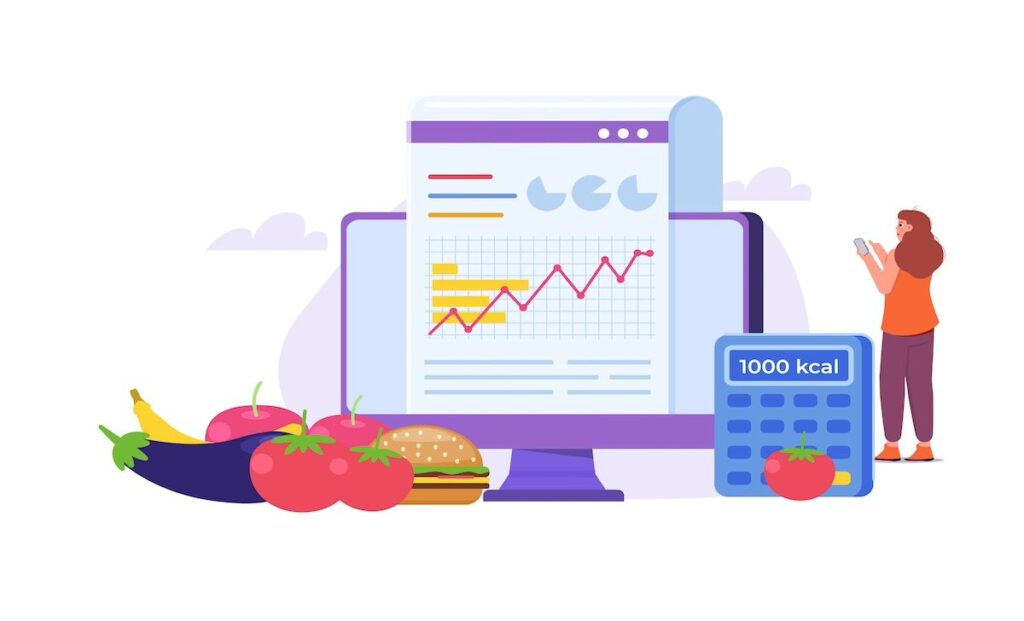A recently published study in Nutrients explores the challenges and potential of technology in managing type 1 diabetes (T1D) through nutrition reporting. The study highlights that people with T1D (PwT1D) are willing to use technology if it offers meaningful benefits, such as improved time in range (TIR).1
These findings suggest that type 1 diabetes technology has great potential to improve disease management for patients | Image credit: Hypnotik Photography-stock.adobe.com
The study conducted an online survey aimed at understanding current practices and preferences regarding carbohydrate estimation, nutrient tracking, and attitudes towards technology among people with PwT1D and their caregivers. The survey also included hypothetical scenarios to gather personal preferences regarding technology use. The study noted that striking a balance between minimal user input and meaningful data output is key to accurate blood glucose (BG) management without burdening the user. However, individual personalities and preferences have proven challenging to develop a universally effective solution for the application. 2
The study employed a cross-sectional single-center design and participants were recruited through social media groups specifically targeting PwT1D. The survey collected responses from 39 participants, 33 diagnosed with T1D and 6 caregivers, between August 2022 and November 2023. The mean hemoglobin A1C of participants was 6.8% (1.6%).
Consistent with other studies, survey results indicate that carbohydrate counting is a significant challenge for PwT1D, with estimation errors leading to fluctuations in glycemic control.3 Participants estimated carbohydrates in a variety of ways, including reading nutrition facts labels (37%), visual estimation (48%), and using tools such as Carbs and Cals, a visual reference guide available online (18%).4
The authors state that “the error rate in carbohydrate estimation varies depending on individual skill, food complexity, and measurement accuracy but is estimated to be 25%, which directly impacts glycemic control and ultimately the time spent within the target glycemic range of 3.9-10 mmol/L TIR.” Improving TIR was identified as a strong motivator for technology use, with 89% of respondents saying they would engage more with technology if it promised to increase TIR. Furthermore, 78% indicated a willingness to adjust their insulin dose based on the app’s suggestions to optimize TIR.
Respondents varied in their nutrition reporting preferences. Half of participants preferred a “type and scroll” method, either manually entering foods or selecting from a pre-loaded list. Around 30% preferred taking photos of their meals, and 15% preferred talking to a virtual assistant. A minority (5%) said they did not prefer reporting. The timing of reporting nutrition intake also varied, with 55% of respondents preferring to report after meals, 33% before meals, and 12% preferring to report later, such as at the end of the day.
Use of nutrition reporting apps was mixed. Around 16% of respondents used apps regularly, while 34% said they initially used the apps but then stopped using them. 28% of respondents used apps for a specific purpose, and 22% had never used them. Responses regarding the level of detail in nutrition reporting varied. Most people used a single word (e.g., pizza) or a simple description (Sunday dinner). Only 8% used a detailed description of the meal, and 30% of participants used quantifiers such as portions or weights.
“The need for self-management requires PwT1D patients to make an additional 180 decisions each day to regulate their blood glucose levels, and diabetes-related technologies and apps have emerged as a valuable resource to ease this burden,” the researchers wrote. When asked about the burden of nutrition reporting, 36% considered it “stressful but manageable,” 11% a “total nightmare,” and just 7% easy. The majority, 46%, “didn’t feel strongly either way” about carbohydrate counting.
Although challenging, the authors point out the importance of developing technology that seamlessly integrates into everyday life.
“Going forward, this study will provide valuable insights to aid in the development of environmentally friendly tools aimed at improving the experience of managing type 1 diabetes, envisioning a future characterized by personalized, precise and convenient care.”
References
1. Lubasinski N, Thabit H, Nutter PW, Harper S. What’s missing in technology? Nutrition reporting in type 1 diabetes. Nutrients. 2024;16(11):1690. doi:10.3390/nu16111690
2. Martinez-Millana A, Jarones E, Fernandez-Llatas C, Hartvigsen G, Traver V. App features for type 1 diabetes support and patient empowerment: A systematic literature review and benchmark comparison. JMIR Mhealth Uhealth. 2018;6(11):e12237. doi:10.2196/12237
3. Alfonsi JE, Choi EEY, Arshad T, et al. A carbohydrate counting app using image recognition for youth with type 1 diabetes: a pilot randomized controlled trial. JMIR Mhealth Uhealth. 2020;8(10):e22074. doi:10.2196/22074
4. Carbohydrates and Calories. Accessed June 27, 2024. https://carbsandcals.com

